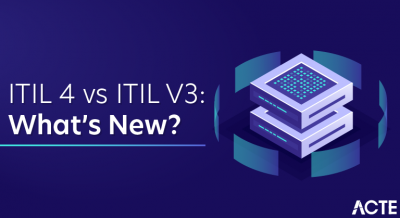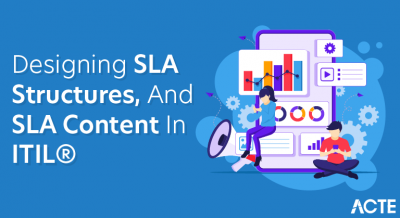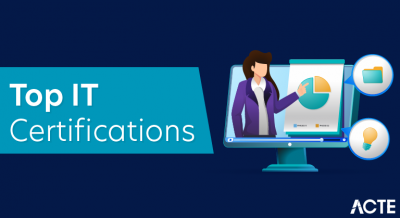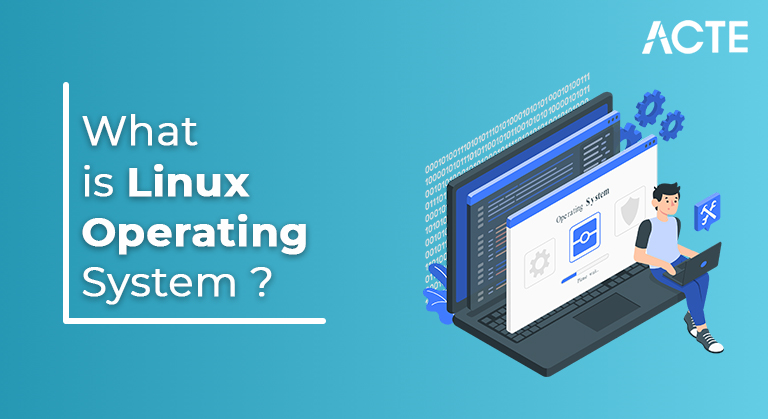
Linux is a Unix-like, open source and community-developed operating system (OS) for computers, servers, mainframes, mobile devices and embedded devices. It is supported on almost every major computer platform, including x86, ARM and SPARC, making it one of the most widely supported operating systems.
- Introduction to Linux
- Why do you need an OS?
- Features Of OS
- Types of Operating System (OS)
- Functions of Operating System
- How its work
- Why Linux?
- Downloading Linux
- Benefits of Linux
- Conclusion
Introduction to Linux:
LINUX is an application or kernel distributed underneath an open supply license. Its disturbance list is comparable to UNIX. A kernel could be a coordinate program for a UNIX software package that takes care of vital things, like permitting the hardware to act with the software package. Linux could be a program or kernel that developed as an idea within the mind of Linus Torvalds, a young and enlightened man United Nations agency was a student of applied science. He wanted to work on UNIX OS (proprietary software) and thought it required to be upgraded.
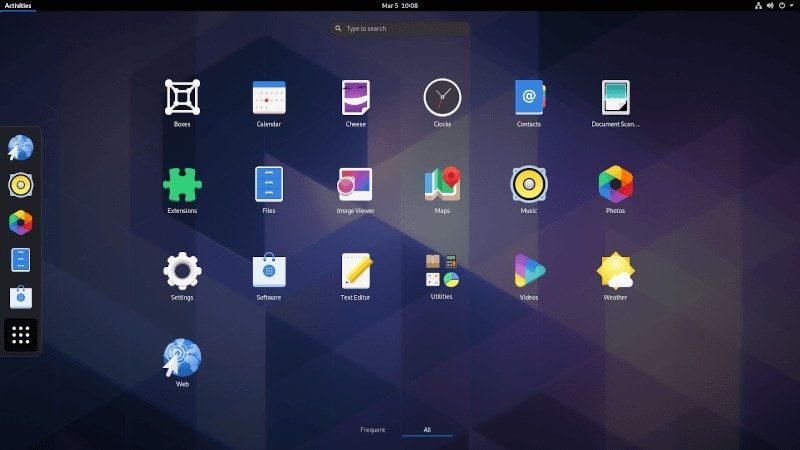
Why do you need an OS?
Every time you switch on your pc, you see a screen wherever you’ll perform varied tasks, like typewriting, browsing the web or watching a video. What makes an element work like that? however will the processor on your pc understand that you simply are asking him to use Associate in Nursing mp3 file?
Yes, it’s the software package or kernel that will do the duty. Therefore, so as to figure on your pc, you would like to software package (OS). In fact, you’re mistreating one as you scan this on your pc. Now, you’ll have used standard OS like Windows, Apple OS X, however here we are going to learn the introduction of the UNIX software package, the UNIX summary and what edges it offers over different OS choices.
- Safe mode with manager
- Allows disk access and file settings Device Drivers Network Security
- Program implementation
- Memory Management Virtual Memory Multitasking
- Managing I / O activities
- File system fraud
- Error detection and capture
- Distribution of resources
- Information and Security Services
Features Of OS:
Here is a list of key features of the OS:
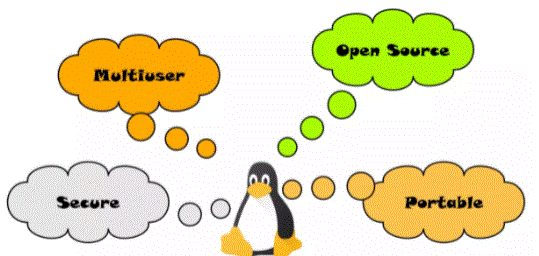
- Operating system assortment
- Multitasking / OS Sharing Time
- Multiprocessing OS
- Real Time OS
- Distributed OS
- Network OS
- Mobile OS
- Operating system assortment
Types of Operating System (OS):
The following area unit the popular varieties of OS (Operating System):
Some laptop processes are terribly long and time intensive. to hurry up a similar method, work with a similar variety of desires is classified along and distributed as a team.
A bulk package user ne’er communicates with a laptop. During this variety of OS, each user prepares his or her work on an associated offline device like a Hollerith card and sends it to a laptop operator.
Multi-Tasking / sharing operational Systems
A sharing app permits folks settled in several locations (shells) to be able to use a similar automatic data processing system at a similar time. The time interval (CPU) shared by most users is termed sharing.
Real-time OS
The time period for the input process and response method is incredibly little. Examples: Military software system Systems, house software system Systems is an associate example of a time period OS.
Distributed package
Distributed systems use multiple processors obtainable on totally different machines to supply quicker calculations for his or her users.
Network App
Network App runs on server. Provides information management, user, groups, security, application, and different communication functions.
Mobile OS
Mobile operational systems area unit OSes designed to change smartphones, tablets, and transportable devices. Some of the foremost fashionable mobile apps are unit mechanical man and iOS, however others embrace BlackBerry, Web, and watch OS.
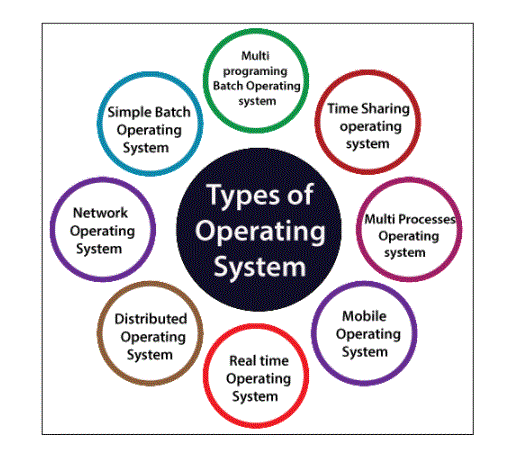
Functions of Operating System:
In the software application perform each function:
Process Management: Process management helps the OS to create and delete processes. It also provides mechanisms for synchronisation and communication between processes.
Memory management: The memory management module performs the task of sharing and freeing up memory space in programs that require these resources.
File Management: Controls all file-related functions such as organising, retrieving, naming, sharing, and protecting files.
Device Management: Device management keeps track of all devices. This module also responsible for this function is known as the I / O controller. It also performs the task of sharing and removing device sharing.
I / O System Management: One of the most important features of any OS is to hide the unique features of those hardware devices to the user.
Second Storage Management: Systems with several storage levels include primary storage, secondary storage, and repository storage. Instructions and data must be stored in a basic repository or repository so that the operating system can refer to them.
Security: The security module protects data and computer system information from malware threats and authorised access.
Command translation: This module is the translation of commands given by operating system resources to process those commands.
Network: A distributed system is a group of processors that do not share memory, hardware, or clock. Processors communicate with each other through a network.
Tasking: Tracking time and resources used by various tasks and users.
Communication Management: Coordination and distribution of compilers, interpreters, and other software software for various computer programming users.
How its work:
Not everyone uses Linux because it is a little harder to manage than Microsoft Windows, however once you get used to it there are more configuration options than Windows and it offers more flexibility to use.
Linux Kernel: The Linux kernel is what separates the Linux operating system from other systems. The kernel is located in the central part of the operating system and controls the security of the operating system, hardware communications, and acts as a key operating system itself. The kernel contains a universal source code that allows you to customise and modify your operating system to suit your individual needs. Many companies and organisations have used the kernel to design customised operating systems for their company.
Server Platform: Linux is called a server platform because it has the ability to create the foundation on which an operating system can be built and used as an alternative to Microsoft Windows operating system. Due to its ability to function as a platform it can also be used as a microchip on other devices and electronic devices.
Why Linux?
UNIX is called the mother of applications that laid the foundation for Linux. Unix is designed primarily for mainframes and is in business and university. Linux becomes a household name for computer users, developers, and server space. You may have to pay for the Unix kernel while Linux is free.
However, the instructions used in both applications are generally the same. There is no major difference between UNIX and Linux. Although they may seem different, they are, in fact, the same. Since Linux is part of UNIX. So learning some is the same as learning another.
Downloading Linux:
Unlike UNIX, Linux works with a set of other GNU programs. GNU programs are free software programs and are similar to current open source programs. That being said, Linux is not a single program or set of tools similar to the Microsoft Windows operating system. Therefore, Linux download is known as “distribution” because it works with all GNU programs to make the operating system.
There are Linux versions available on your hard disk drive or they can be run on a compact disc. This is because it is not necessary to install Linux on your hard disk drive in order to use the Linux operating system. As the system offers a variety of features, it can be easily implemented from the CD also known as the “Live CD” version. The operating system is able to start from the CD as it would from your hard drive to your computer. If you are not sure which download to use there is a lot of information on the Linux website on how to download and use the Linux operating system.
- Provides a free operating system. You do not have to spend hundreds of dollars to get an OS like Windows!
- As an open source, anyone with editing experience can edit it.
- Easy to learn Linux for beginners
- Linux Apps now offers millions of Linux applications / applications to choose from, many of which are free!
- Once you have installed Linux you no longer need antivirus! Linux is a very secure system. In addition, there is a developing global community that is constantly looking for ways to improve its security. With each development, the OS becomes more secure and robust
- Linux freeware is the OS of choice for Server locations due to its stability and reliability (Mega companies like Amazon, Facebook, and Google use Linux on their servers). A Linux-based server may run without stopping for many years.
Benefits of Linux:
Linux OS is now enjoying popularity at its inception, and is popular among programmers and regular computer users around the world. Its main advantages are –
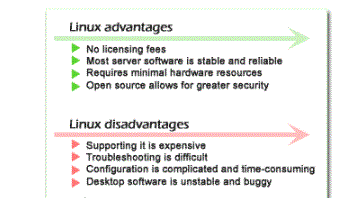
Conclusion
While Linux has been around for a long time, it has been obscured by its regular desktop use for most of its existence. However, two small words are written mostly on a technology machine: “and Linux.” For the past two years, no one has ever bothered to consider whether the products will work with a free app, but now it is compulsory to disclose Linux compatibility.



